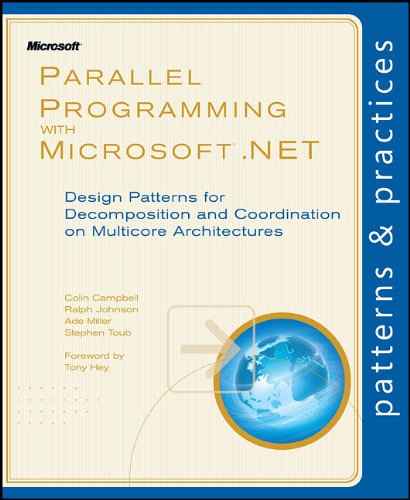Product Description
The goal of this book is to present and compare various options one for systems architecture from two separate points of view. One, that of the information technology decision-maker who must choose a solution matching company business requirements, and secondly that of the systems architect who finds himself between the rock of changes in hardware and software technologies and the hard place of changing business needs.
Different aspects of server architecture are presented, from databases designed for parallel architectures to high-availability systems, and touching en route on often- neglected performance aspects.
1. The book provides IT managers, decision makers and project leaders who want to acquire knowledge sufficient to understand the choices made in and capabilities of systems offered by various vendors:
2. Provides system design information to balance the characteristic applications against the capabilities and nature of various architectural choices
3. In addition, it offers an integrated view of the concepts in server architecture, accompanied by discussion of effects on the evolution of the data processing industry.
From the Back Cover
This work presents and compares various options regarding server architecture from two separate points of view: first, that of the information technology decision-maker who must choose a solution matching company business requirements, and second, that of the systems architect who finds himself between the rock of changes in hardware and software technologies and the hard place of changing business needs.
Different aspects of server architecture are presented, from databases designed for parallel architectures to high-availabiltiy systems, touching en route on often neglected performance aspects.
Ren??'s book will answer the following questions critical to server architecture design, implementation, and management and more...
. Given the shift to widespread use of Intel microprocessors, is the importance of hardware architecture, once the province of systems manufacturers, tending to decrease?
. Given that they are extremely complex to implement, will MPP architectures be confined to scientific and technical markets?
. Are RISC processors dead, killed by Intel?
. How much longer will system performance continue to increase?
. How do the three major multiprocessor architectures compare: SMP, Massively Parallel, and Cluster?
Ren?? Chevance has an engineering degree from Conservatoire National des Arts et M??tiers (CNAM) and a Doctorat d'Etat Es-Sciences from Universit?? Paris 6. He joined CII in 1968, a company which later merged with Groupe Bull. He has 20 years' teaching experience at Universit?? Paris 6 (Compiler Construction, Software Engineering) and for more than 10 years, as an associate professor, at CNAM (System Architecture and System Integration).
He has written numerous papers and a book on server architectures, Serveurs Multiprocesseurs, clusters et architectures parall??les, Eyrolles (Paris April 2000). He left Groupe Bull in 1999 to become an independent consultant and can be reached at
rjc@chevance.com or through his web site
www.chevance.comAbout the Author
He joined CII in 1968, a Company which later merged with Groupe Bull. In his role of system architect and later as Chief Scientist, he initiated many key projects. He has a wide range of teaching experience during his 20 years at Universit?? Paris 6 (Compiler Construction, Software Engineering) and for more than 10 years, as an Associate Professor, at CNAM (System Architecture and System Integration). He has written several papers and a book on server architectures "Serveurs Multiprocesseurs, clusters et architectures parall??les" Eyrolles (Paris april 2000). He can be reached at
www.chevance.com (email:
rjc@chevance.com).
Download files from Hotfile :
Download files from Fileserve :
 Comments (0)
All
Comments (0)
All










